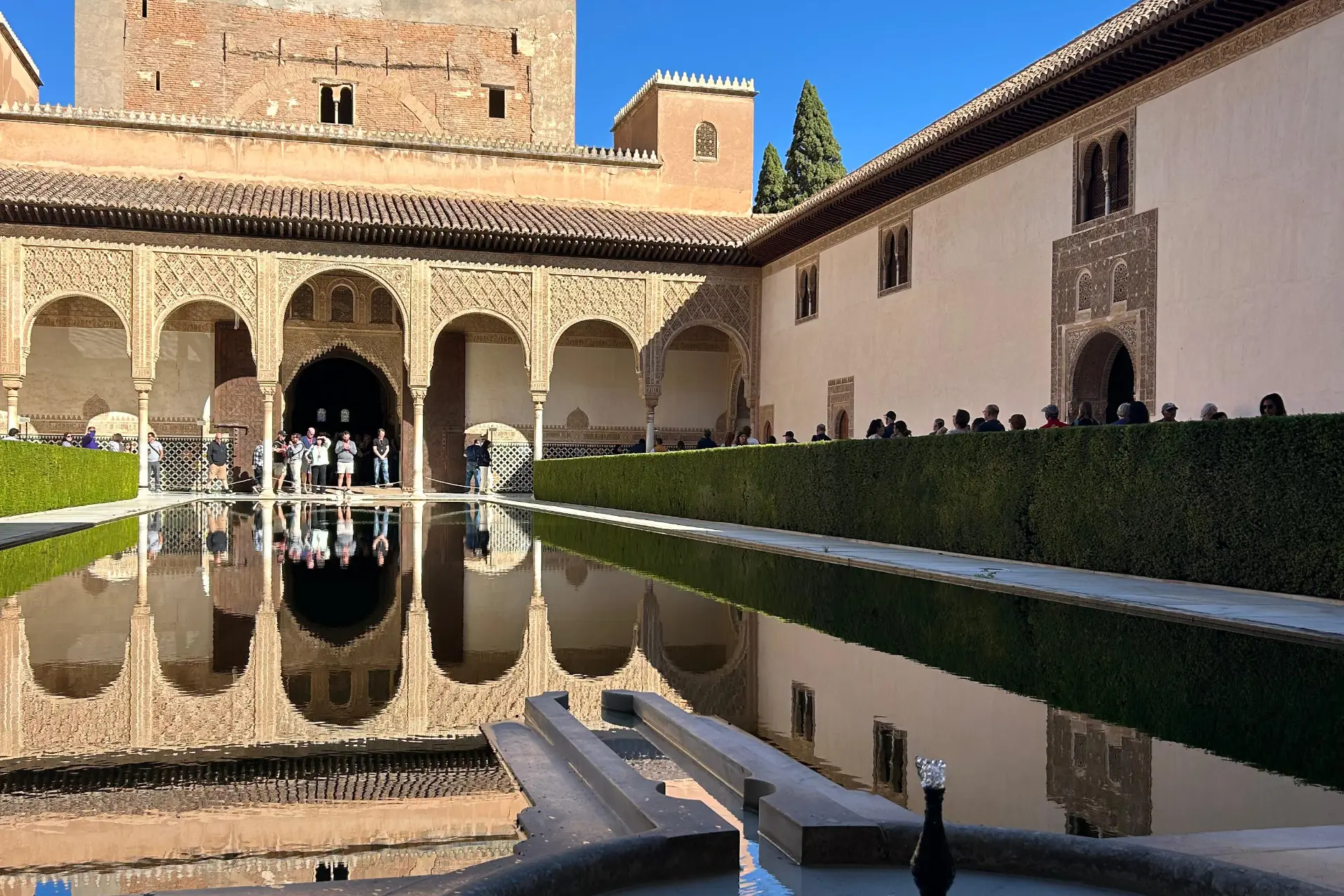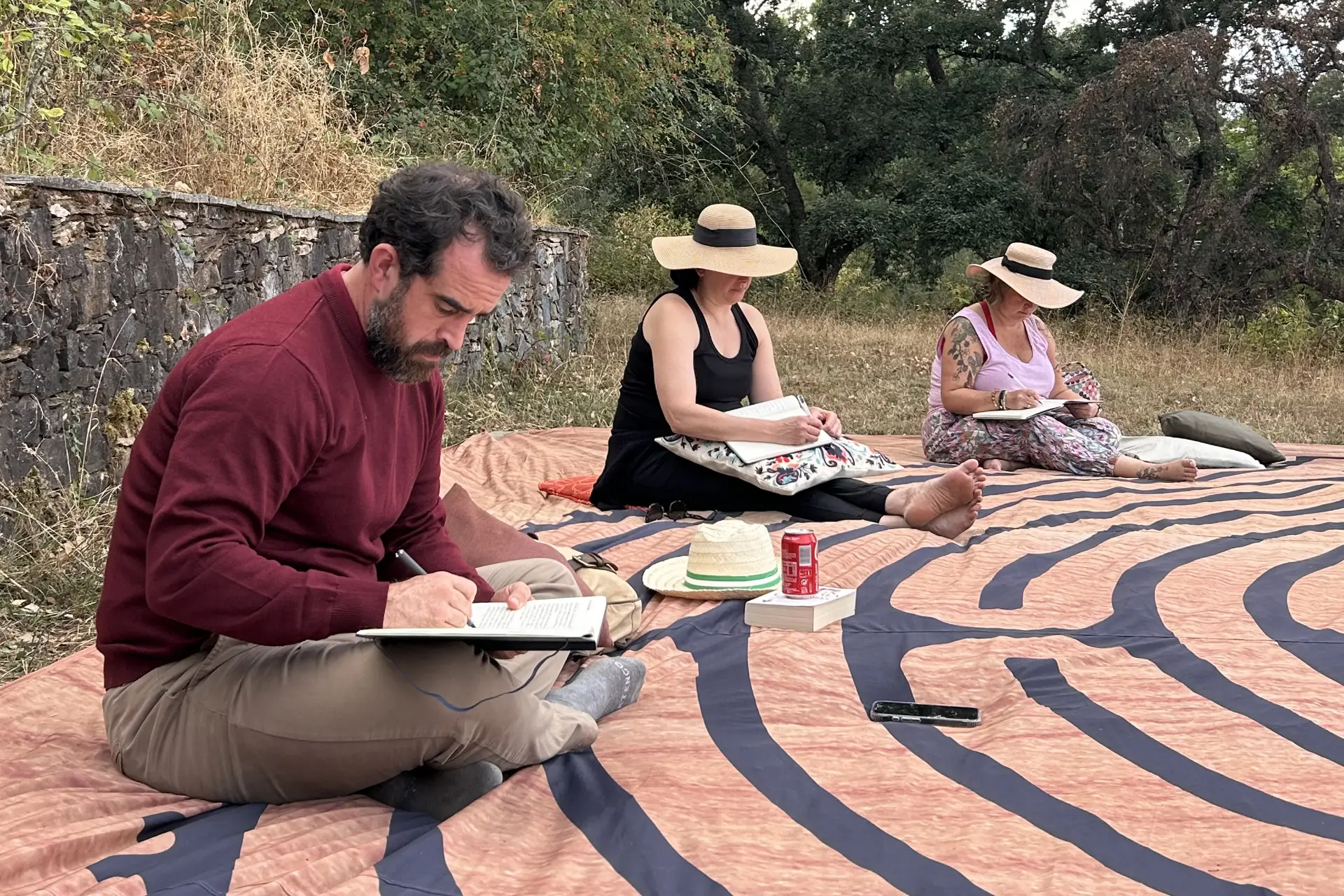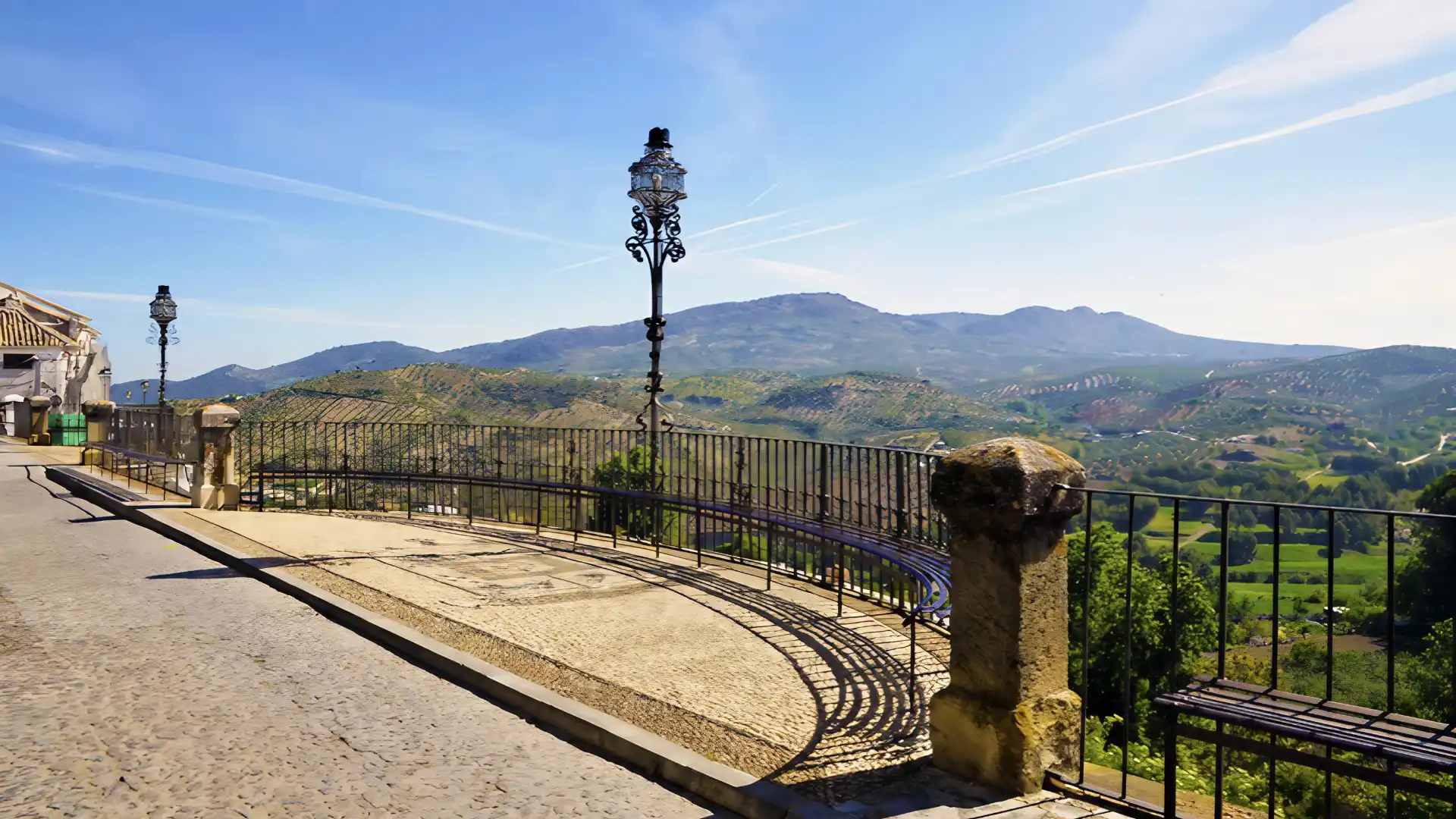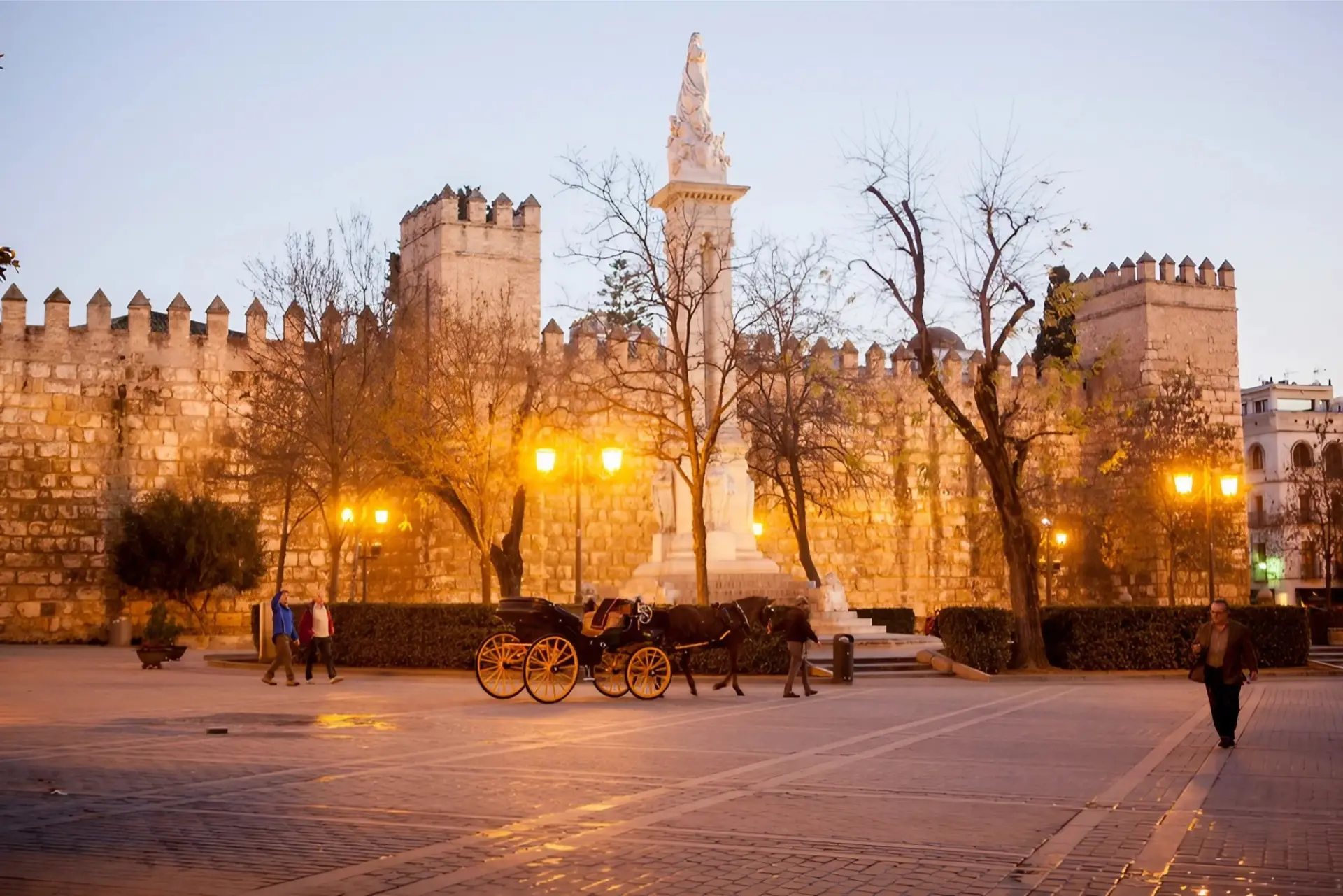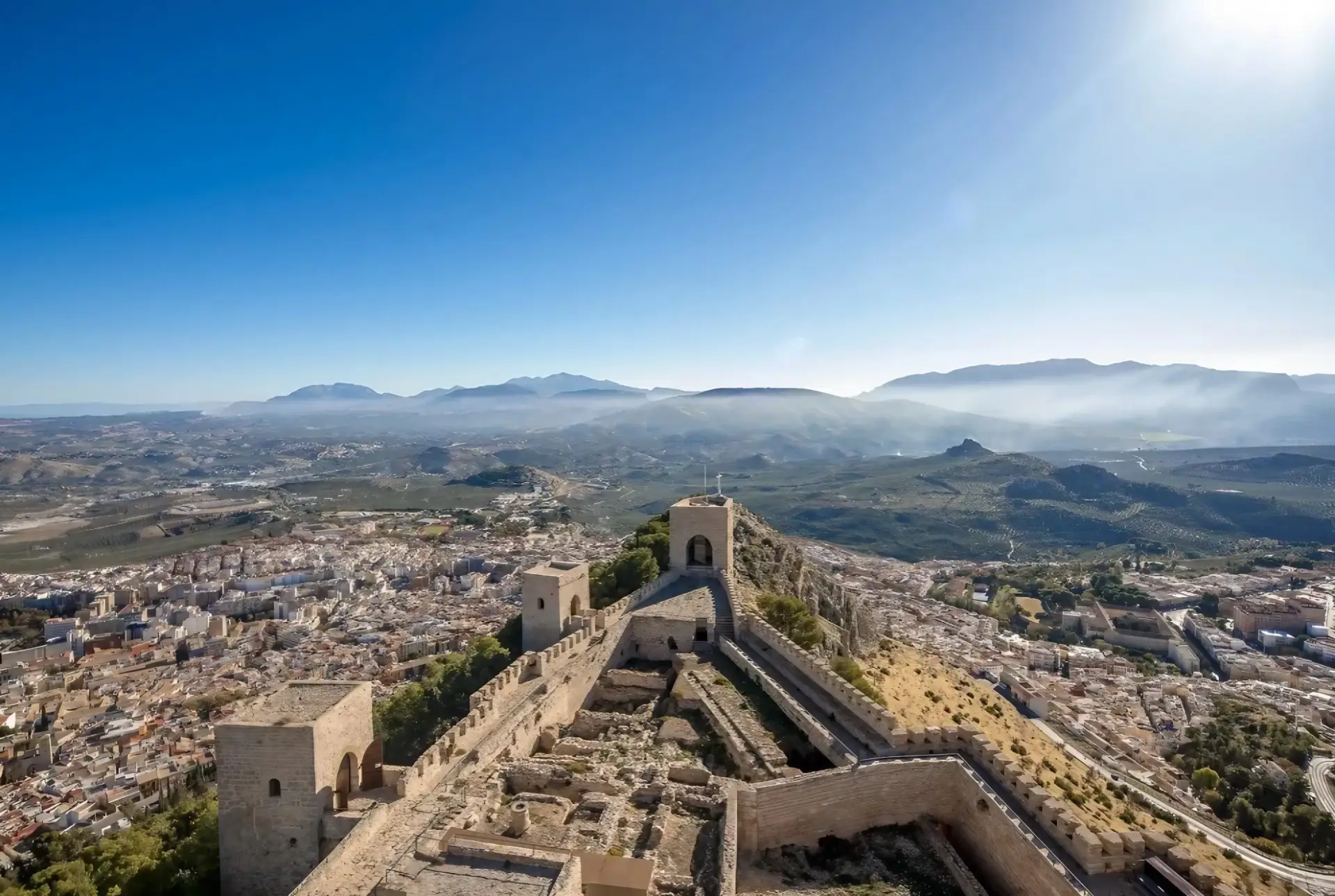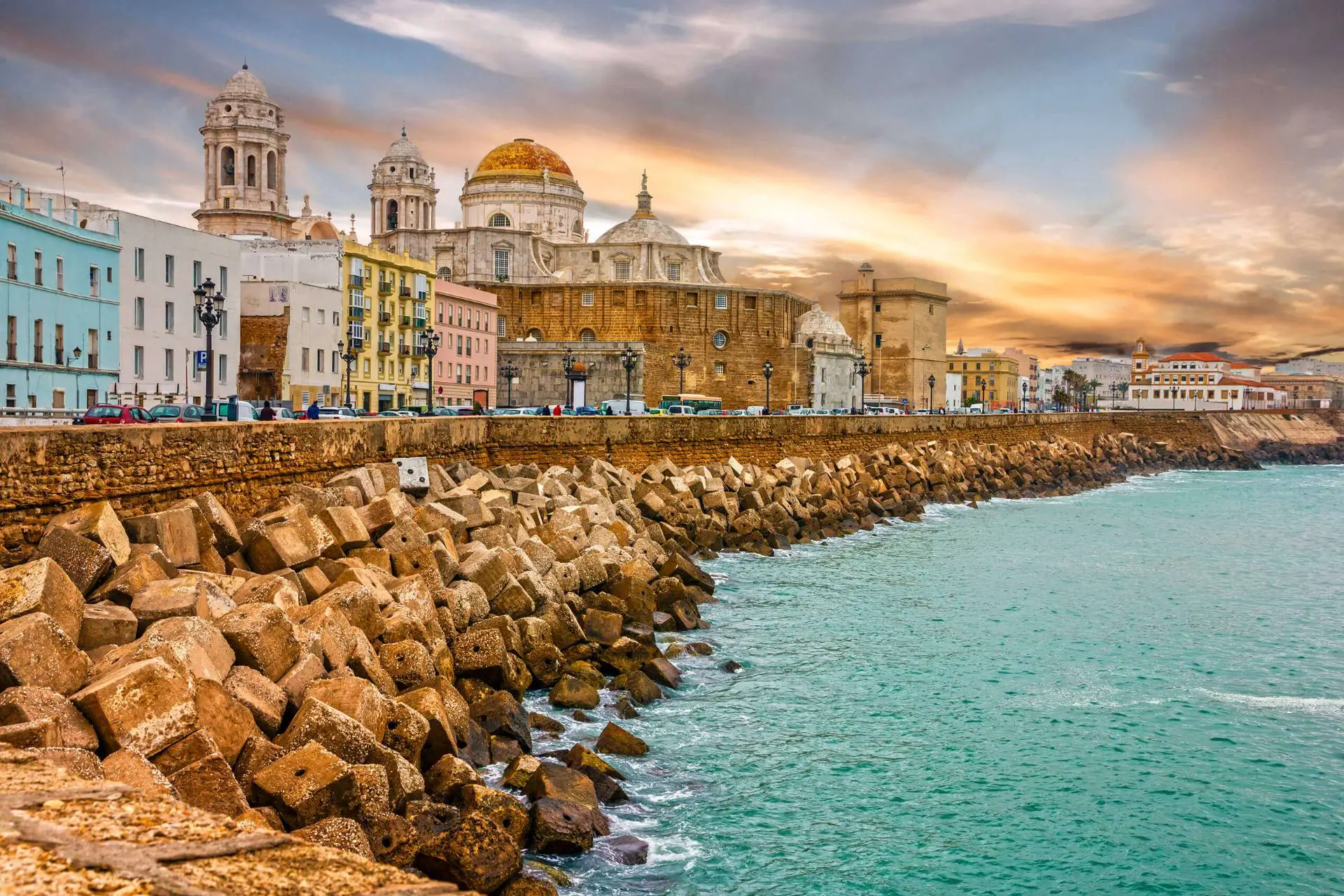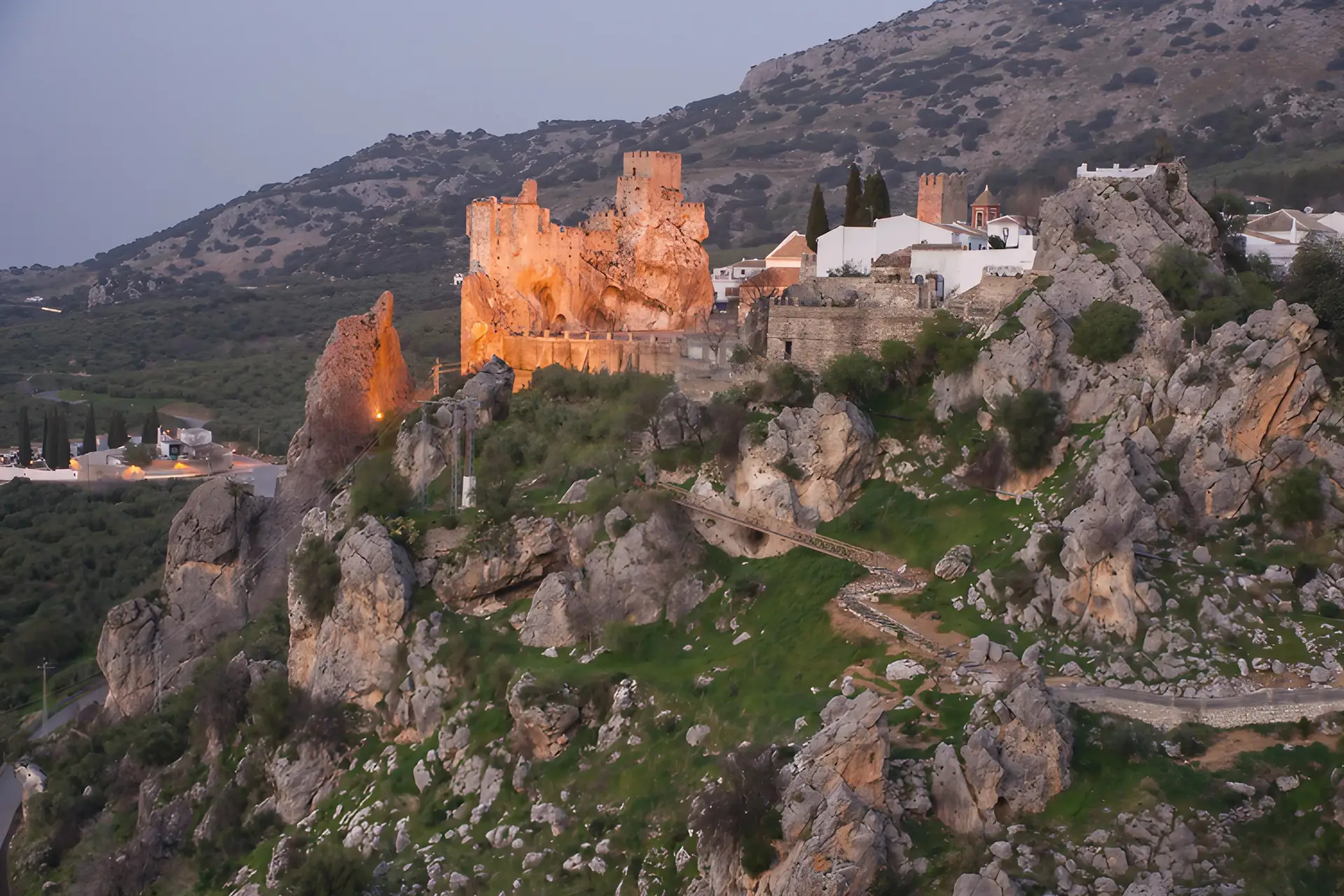Contrary to popular belief, we do have seasons in Andalucia! As the summer heat starts to dip and autumn approaches, the Copper Forest in Malaga province puts on a beautiful display. Let us take you on a journey of the chestnut and its place in Andalucian history and culture.

The Copper Forest, known locally as El Bosque de Cobre, is a natural wonder that attracts visitors each autumn with its stunning display of colours. This unique forest sits mainly within the Genal Valley in the Serranía de Ronda and offers a serene retreat for nature lovers, hikers, and photographers.
The Genal Valley villages of Alpandeire, Benalauría, Cartajima, Faraján, Genalguacil, Igualeja, Jubrique, Júzcar, Parauta, Pujerra, and Yunquera are steeped in a rich chestnut tree tradition. These picturesque villages offer year-round visits where you can enjoy breathtaking landscapes, savour local cuisine, and take part in unique festivities.
An autumn spectacle: The Copper Forest
The Copper Forest, Malaga, is named for the brilliant hues of its chestnut trees, which turn golden and coppery in the autumn. As the season changes, the forest floor becomes a carpet of fallen leaves. The sight is particularly breathtaking from mid-October to late November when the trees are at their peak colour.
This forest is a sanctuary for diverse wildlife and is a means of sustenance for the surrounding villages. Over 70% of Andalucia’s chestnut production is here. You can follow the sign-posted local tracks or Great Paths (Serranía de Ronda’s Great Path (GR 141, Stage 5)) for views of this beauteous sight.
Enjoy hiking tours with TOMA & COE
The Holy Chestnut Tree of Istán
There is one chestnut tree which stands alone both physically and metaphorically. The Holy Chestnut Tree of Istan (Castaño Santo), is a centuries-old tree that stands as a symbol of the region’s natural and cultural heritage. This ancient tree is said to be over 800 years old and has a circumference of around 13 metres, making it one of the largest and oldest chestnut trees in Spain.

The Holy Chestnut Tree holds significant historical and religious importance. According to local legend, it served as a meeting point for Christian armies during the Reconquista. It is also believed that the Catholic Monarchs, Ferdinand and Isabella, prayed under its branches during their campaign to reclaim the region from Moorish rule.
Today, the tree is a protected natural monument, and visiting it is a humbling experience. Think of all that it has witnessed over the centuries.
The nearby village of Istán is often referred to as the “Spring of the Costa del Sol.” A small village with whitewashed houses, narrow winding streets, and stunning views of the surrounding mountains, it is also known for its natural springs and the Rio Verde (Green River), which provides fresh, clean water to the area. A great place to stop for lunch or tapas.
Chestnuts in Málaga Gastronomy
Chestnuts play an integral role in Málaga’s gastronomy, particularly during the autumn months. The region’s chestnut trees, including those in the Copper Forest produce some of the finest chestnuts in Spain.
At the end of the harvest, the villages of the Geal Valley celebrate with Chestnut Festivals, on or around 1st November. During this festival it is customary for the chestnut to be roasted and accompanied with anise (as is the case of Ojén with its Popular Tostón Festival) or, in towns like Pujerra or Arriate, with mistela (a dry anis made with a unique infusion or aromatic herbs). I can personally vouch for the Arriate mistela as a wonderful digestivo (after dinner drink).

Wine and food tours with TOMA & COE
These are some of the ways in which the chestnuts are enjoyed:
Roasted chestnuts are a beloved treat throughout Málaga, especially during the cooler months. Street vendors set up stalls in towns and cities, roasting chestnuts over open flames and filling the air with their sweet, smoky aroma. These vendors are a common sight in Málaga’s markets and during local festivals. In the Genal Valley, he chestnuts are roasted in pots called tostones.
Chestnut purée is a popular dish, typically served as a side with game meats
Chestnuts are also used in a variety of traditional dishes. They are often added to stews, giving them a rich, nutty flavour. Rice dishes will include chestnuts as the flavouring ingredient, or they make an appearance as a garnish for roasts. In some areas, chestnuts are even used in desserts, such as chestnut cakes and flans.
The flavour of the chestnut can be found in the meat of the wild pigs which forage in the mountains.
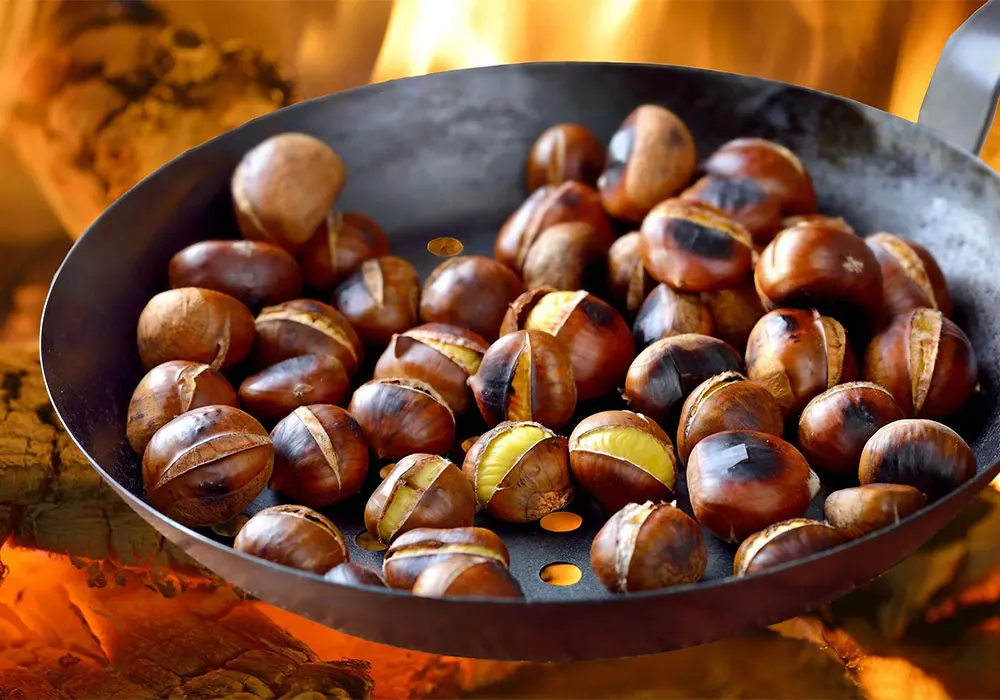
If you’d like to explore Andalucia in autumn and discover the wonderful scenery and traditional dishes of the region, contact TOMA & COE and we’ll be delighted to show you the Spain you never knew.

